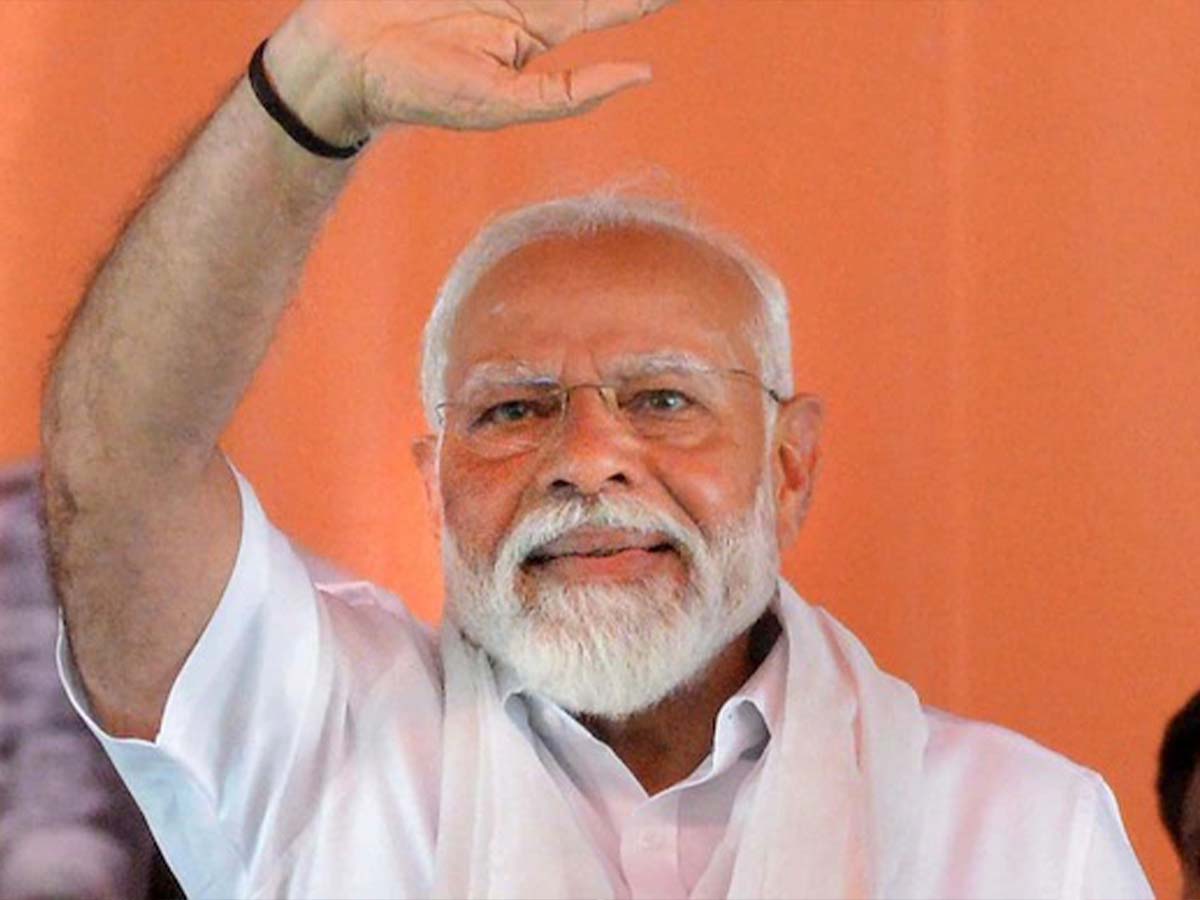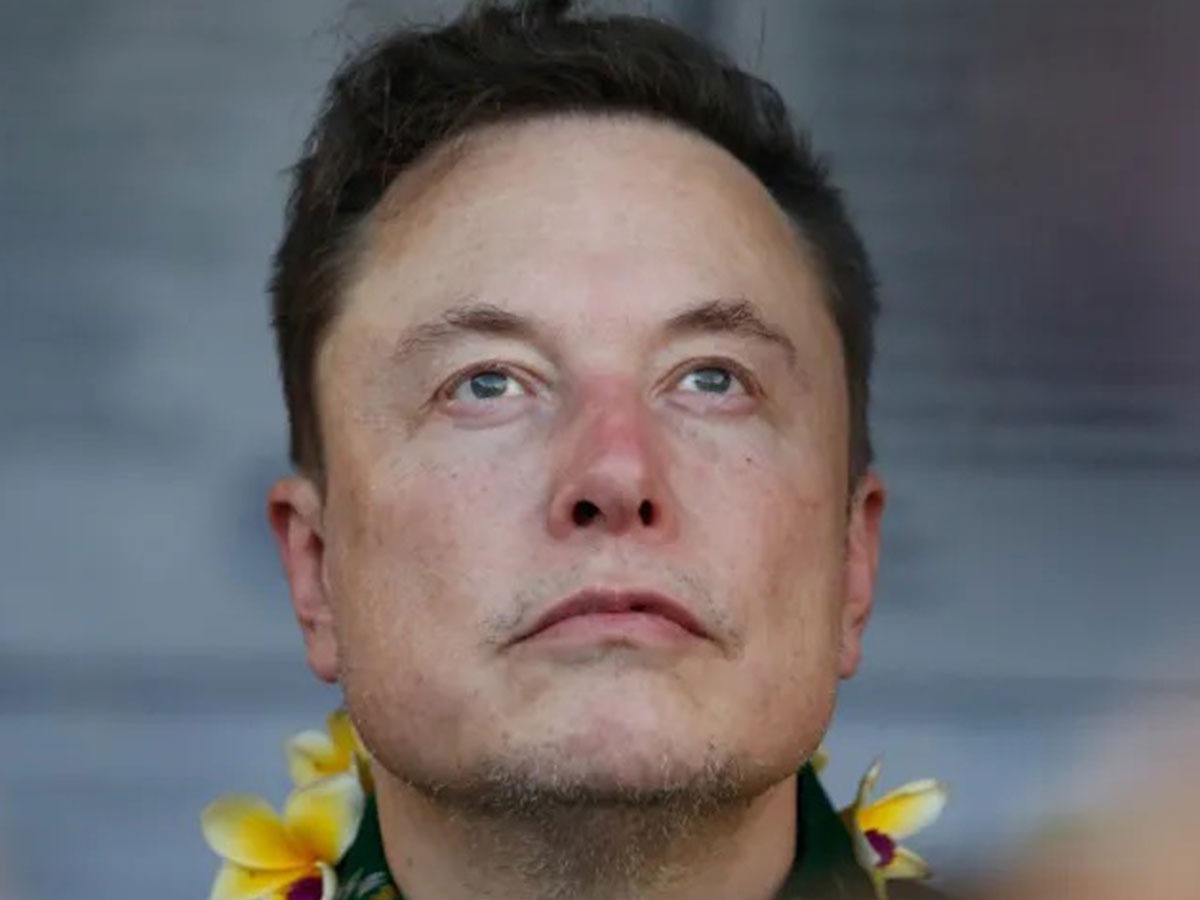
Why Modi Failed to Secure an Outright Majority in India
Indian Prime Minister Narendra Modi has secured a third consecutive term in a much tighter general election than anticipated. His Bharatiya Janata Party (BJP) is leading in the 543-seat parliament but appears to fall short of a majority, with fewer than the required 272 seats. However, its coalition partners have gained additional seats, ensuring the continuation of Modi’s leadership.
The results represent a personal setback for Modi, who has consistently secured majorities in previous elections both as the chief minister of Gujarat state and as India’s prime minister, dominating the country’s politics for a decade. This election outcome marks a surprising revival for the Congress Party-led INDIA opposition alliance, which defied earlier predictions of its decline and sharply diverged from both exit polls and pre-election surveys.
More than 640 million people participated in the marathon seven-week election, hailed as a “world record” by election authorities. Nearly half of the voters were women, underscoring the significant female participation in the electoral process.
Mixed Reactions to Election Results
The results have led to jubilation in the Congress camp and some despair among BJP supporters. Modi’s supporters attribute his third term to stable governance, effective welfare programs, and enhanced global stature for India. He has delivered on key promises to his Hindu nationalist base, including revoking Kashmir’s autonomy, building the Ram temple in Ayodhya, and implementing a controversial citizenship law.
Factors Contributing to BJP’s Seat Loss
The significant drop in BJP seats can be linked to issues such as joblessness, rising prices, growing inequality, and a controversial army recruitment reform. Modi’s harsh campaign targeting Muslims may have also alienated voters. His ambitious slogan “Ab ki baar, 400 paar” might have backfired, raising fears of constitutional changes among the poor.
Uttar Pradesh: A Crucial Battleground
Uttar Pradesh (UP), a crucial state in national politics, saw the BJP’s largest setback. This state, larger than the UK and three times as populous, is often considered the gateway to Delhi. Both Modi and Congress leader Rahul Gandhi hold seats there.
Brand Modi Faces Anti-Incumbency
The election results indicate that “Brand Modi” has lost some of its shine, suggesting that even Modi is susceptible to anti-incumbency. This offers renewed hope to the opposition. India is now returning to coalition politics, with the BJP dependent on allies, which requires a more consultative approach. This dependency makes the government vulnerable to collapse if allies feel neglected.
A Resurgent Opposition
The Congress-led INDIA opposition alliance, despite facing earlier turmoil, ran a spirited campaign under Rahul Gandhi. The results will energize the opposition, which has been much criticised but now sees potential for future gains. Over the next 14 months, five states, including Maharashtra, Jharkhand, Haryana, Delhi, and Bihar, are set for elections, all of which could present substantial competition to the BJP.
Challenges Ahead for Modi’s Third Term
A potential third term for Modi means India needs much more work and healing. The economy, though growing, faces rising inequality. Private investment and consumption need to increase, and the poor and middle class need more disposable income. Younger voters, who make up a significant portion of the population, may drift from the BJP if enough jobs are not created. Modi’s government has faced criticism for marginalizing Muslims and stifling dissent, with opposition figures jailed on charges they claim are politically motivated.
Third terms have often proved challenging for leaders, with unforeseen events potentially derailing governments and their plans. Modi’s third term may follow this pattern, requiring adept navigation of both political and economic challenges.






